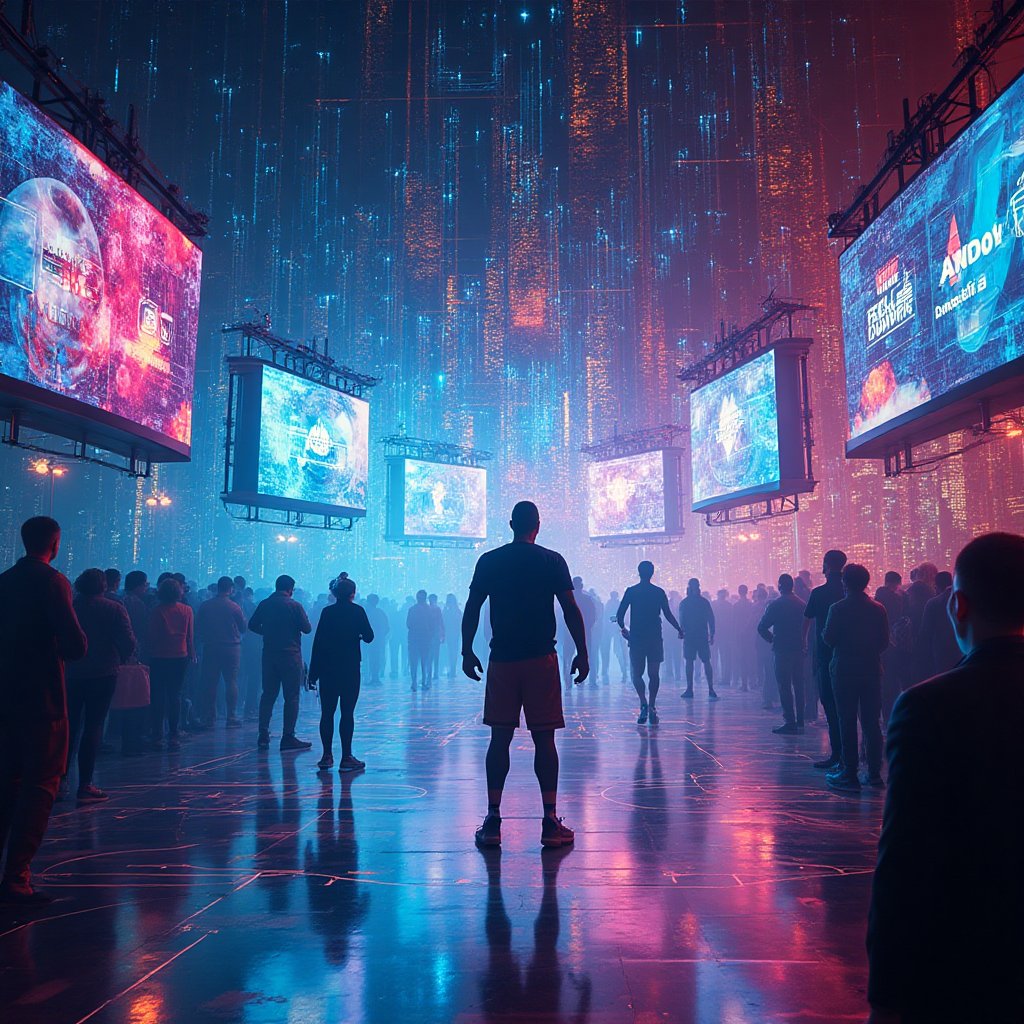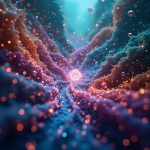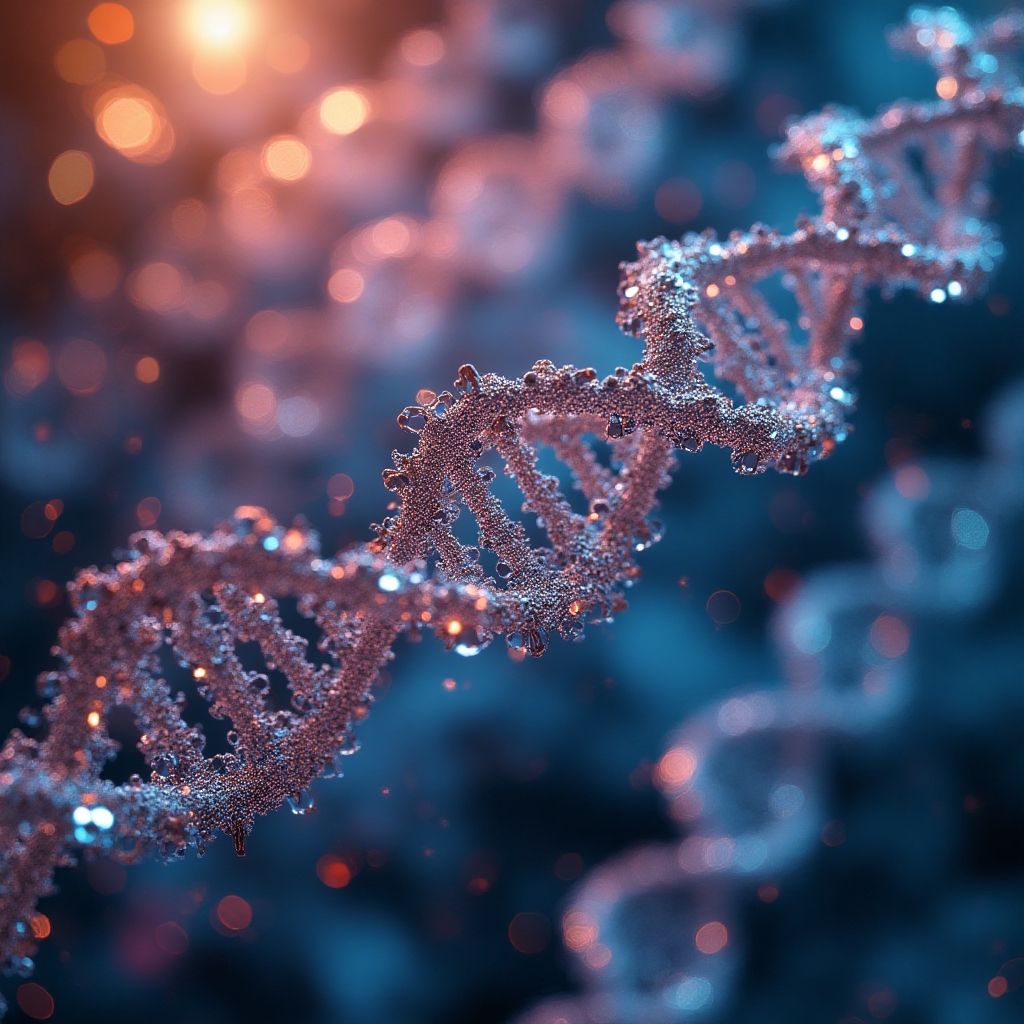Have you ever thought about how technology shapes what we see and hear in advertisements? Recently, a groundbreaking event took place during the NBA Finals that turned heads: a fully AI-generated ad, costing just $2,000, aired during one of America's biggest sports events. This leap into the future of advertising is not just a gimmick; it holds powerful implications for the way we consume media, purchase products, and even perceive creativity. This article explores the details behind the ad, its implications, and why it should matter to everyone from marketers to consumers.
According to a report by The Verge, the ad was created for Kalshi, a company that allows people to bet on the outcome of future events. The ad utilized AI technology by Google, showcasing how artificial intelligence can generate marketing content quickly and cheaply, sparking questions about authenticity, creativity, and the future of human creativity in advertising.
Understanding AI in Advertising
Imagine a world where artificial intelligence composes catchy jingles, designs dazzling graphics, and crafts persuasive scripts for ads. Now, think of how it can streamline advertising campaigns, making them not just faster but also more affordable. The $2,000 AI-generated ad for Kalshi is a perfect example of this trend.
Using AI doesn't mean creativity is lost; it means a new perspective. This technology can analyze vast amounts of data to determine what resonates with consumers most, crafting messages tailored to their preferences. Here’s a breakdown of how AI in advertising is reshaping the industry:
- Cost Reduction: Traditional ads can run into thousands, even millions of dollars. AI reduces these costs by automating the creative process.
- Speed: Ads that used to take weeks or months to produce can now be completed in mere hours.
- Customization: AI can personalize ads based on user data, increasing engagement and conversions.
The Appeal of AI-Generated Content
In an age where consumers are bombarded with information, capturing attention quickly is crucial. Kalshi's AI-generated ad highlights this new reality. What would you do if you had to compete with hundreds of advertisements daily? You’d probably want something fresh and eye-catching, right?
Another layer is the emotional response that the ad generates. As viewers, we’re drawn to authenticity. Traditional ads form connections through personal stories and real-life experiences. However, AI can also strike emotional chords, crafting narratives that appeal to our aspirations, fears, and dreams. It’s this blend of technology and human emotion that makes the future of advertising so compelling.
Real-Life Examples and Experiences
Thinking of practical applications, consider Adobe, a leading company in digital marketing. Their AI-driven platform, Adobe Sensei, has been enhancing ad creation, providing insights into audience behavior, and automatically adjusting campaigns for maximum effectiveness. Using AI, businesses have seen engagement rates soar by up to 30%. This isn’t just theory; it’s happening now.
In 2023, a beverage brand experimented by using AI to produce their ads. They found that the ads generated through AI were not only quicker but also cheaper, driving a 25% higher return on investment compared to traditional ad campaigns. This proves that artificial intelligence can indeed be a valuable partner in creative processes rather than a replacement.
The Critics' Perspective
Not everyone is on board with the AI trend in advertising. Some critics argue that by depending too much on machines, we lose the human touch that makes advertising resonate deeply. This brings up valid questions: Can AI truly understand complex human emotions? Will the uniqueness of individual creativity be overshadowed by algorithms? These are significant points worth considering as we navigate the landscape of AI-driven advertising.
Moreover, there’s also concern about oversaturation. If every brand turns to AI for their advertising needs, won't the ads become homogenous and predictable? It’s easy to get lost in the crowd when everyone uses the same tools. The key will be finding a balance where AI complements human creativity rather than eclipsing it.
Conclusion: A Call to Action
As consumers, marketers, and advertising professionals, we stand at a crossroads. The rise of AI in marketing beckons us to consider critical questions about authenticity, emotional impact, and the future of creativity. What legacy do you want to leave in the advertisements of tomorrow? It’s essential to engage with these discussions, championing diversity in advertising approaches, whether traditional or tech-driven.
With technology continually reshaping our world, it's more important than ever to stay informed and adaptable. What are your thoughts on AI-generated content and its place in advertising? How do you think it will affect our engagement with brands? Your opinions matter, and we invite you to share your insights in the comments below!
Join our community at iNthacity, where we discuss these evolving trends that shape our lives. Let's explore the future together!
Disclaimer: This article may contain affiliate links. If you click on these links and make a purchase, we may receive a commission at no additional cost to you. Our recommendations and reviews are always independent and objective, aiming to provide you with the best information and resources.
Get Exclusive Stories, Photos, Art & Offers - Subscribe Today!
























Post Comment
You must be logged in to post a comment.